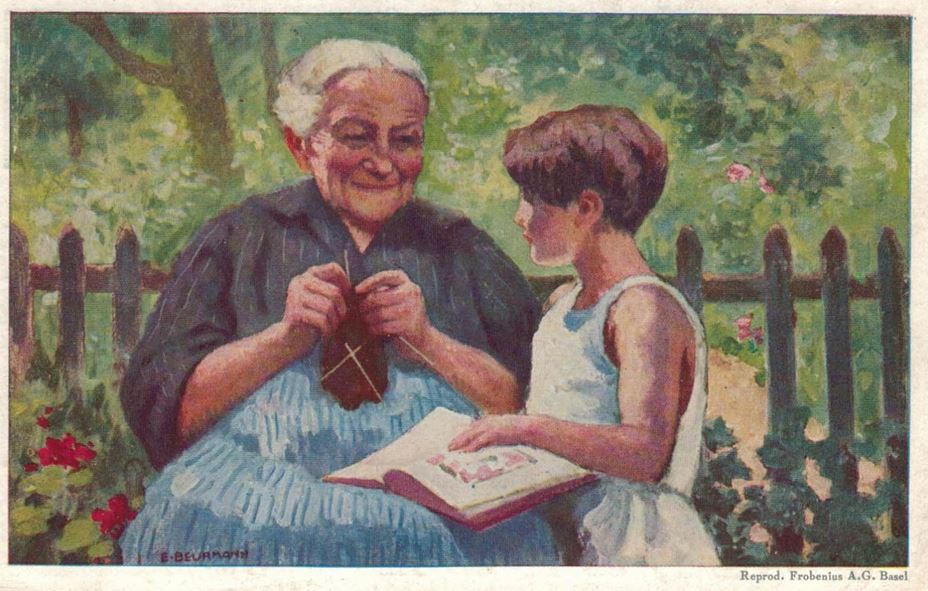
Grandma tells her knowledge to the grandchild – Suisse Federal celebration card 1928
Why is it still so cold? My grandmother would now answer, “I wouldn’t have been surprised until May 15, but still now? The “cold Sophie” is already over.” Then you ask yourself, what is grandma telling you again? Who is the “cold Sophie”, what is the story behind it?
Grandma explained to me a long time ago that “cold Sophie” – her own patron – is one of the 5 Ice Saints. The Ice Saints are Christian saints whose name days fall in mid-May.
-
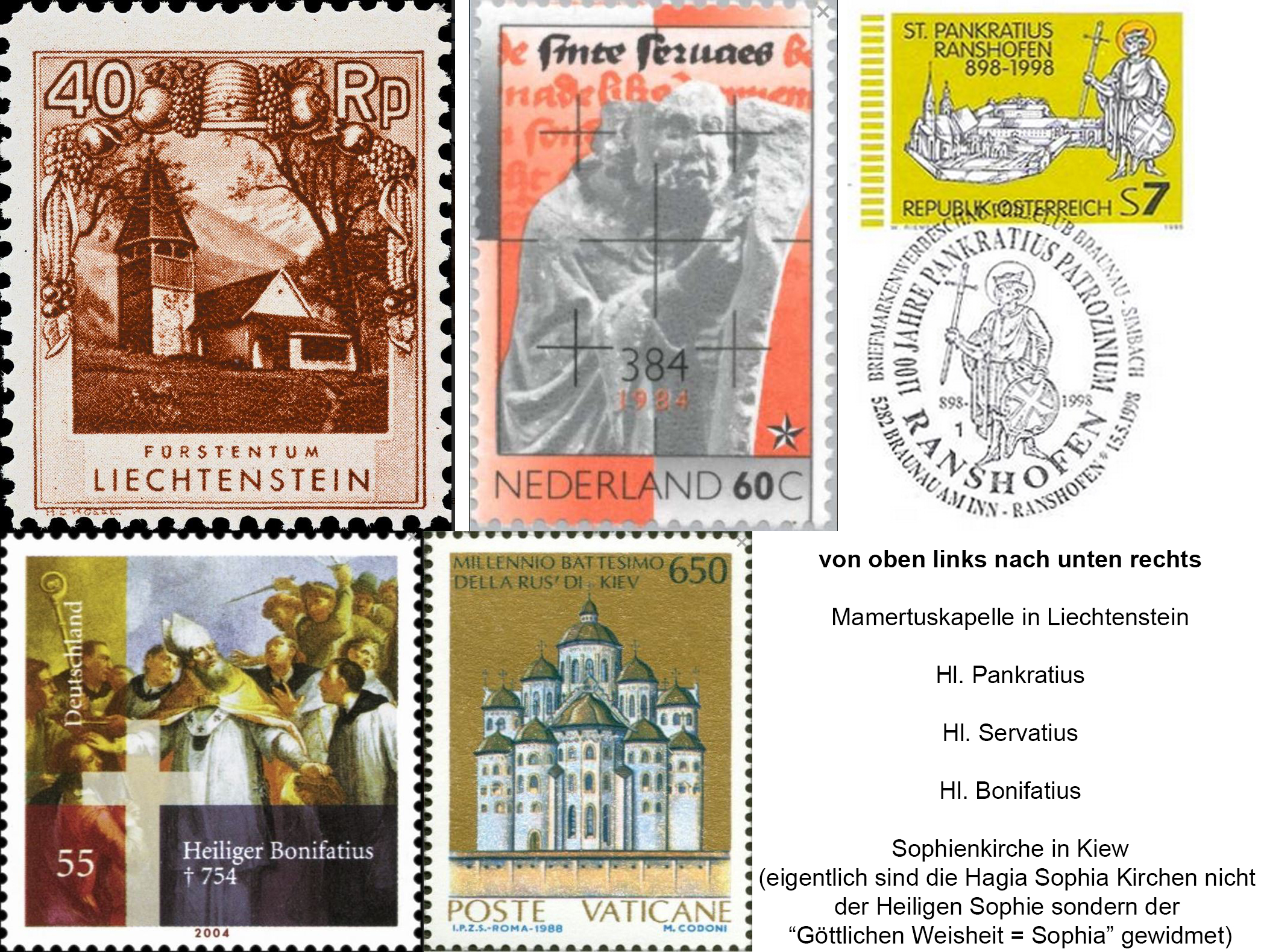
Not all Ice Saints are depicted on a stamp
St. Mamertus (5th century), archbishop of Vienne – 11 May
- St. Pancras (3rd/4th century), martyr – 12 May
- St. Servatius (4th century), bishop of Tongeren – 13 May
- St. Boniface (3rd/4th c.), martyr – 14 May
- St. Sophia (3rd/4th c.), martyr – May 15.
On these days, according to old peasant rules, the last frost nights of spring are possible. And today is already the 19th of May and thus the cold Sophia is over, and nevertheless it is still very cold. That’s why my grandma would have been surprised. And I have thought so far also that in many of these old farmer rules also a grain of truth is, and was now nevertheless somewhat disappointed that it is still so cold after the “cold Sophie”. Maybe the farmers’ rules are just arbitrary rules that rhyme nicely. “From night frost you are not safe until Sophie is over.” I can’t believe it and go in search of it:
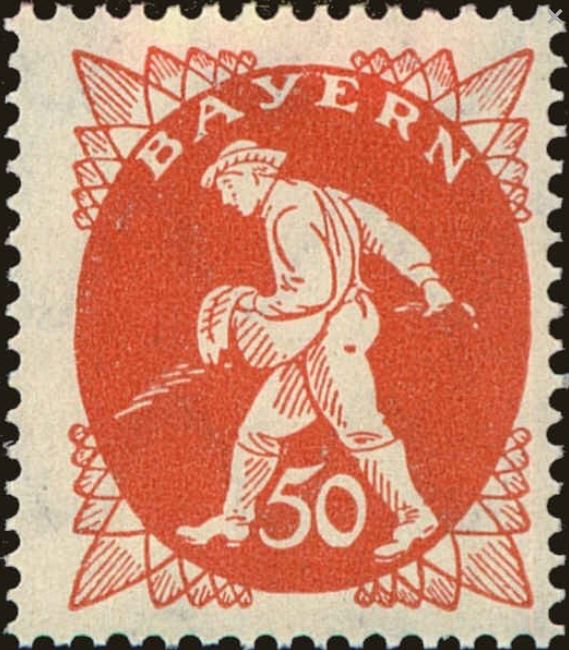
Sowing should be done only after the ice saints in Europe
The farmers’ rules with the ice saints are based on the experience and the “meteorological” observations of “farmers” in the Middle Ages. These rules were necessary because farmers faced short growing seasons during the Little Ice Age in the 15th century. This meant that if they sowed late, the harvest was small; if they sowed early, the young plants were threatened by spring frost. However, this only occurred – according to the farmer’s rule – until “cold Sophie”, so sowing took place only after this date.
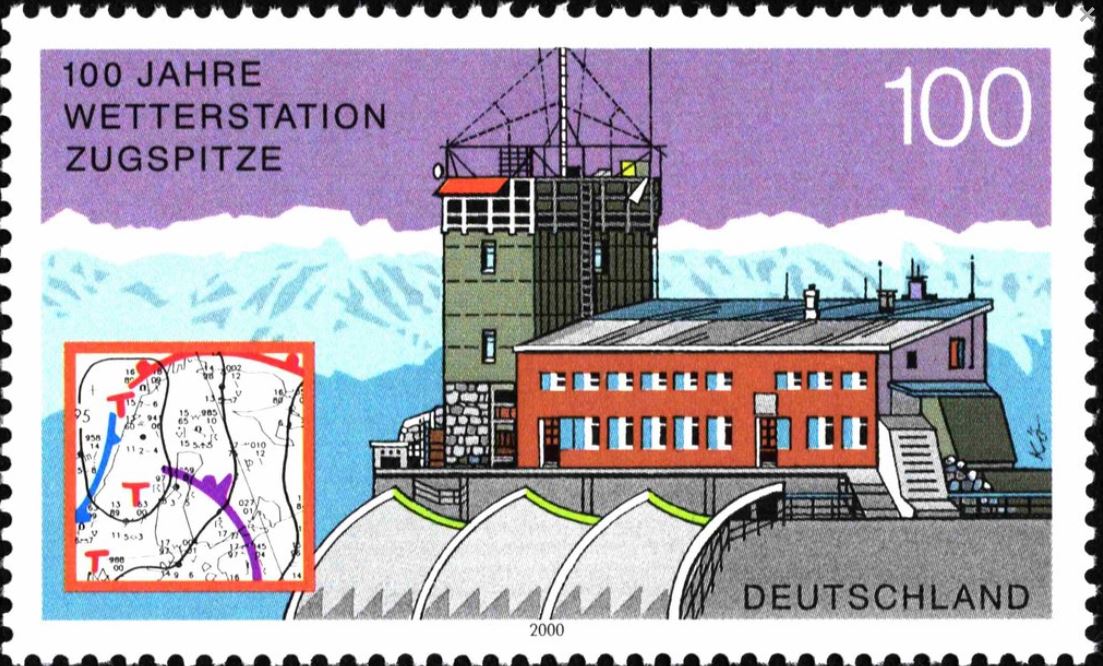
Low pressure areas over Germany
In meteorology, the Ice Saints represent a so-called singularity. In meteorology, the term singularity refers to weather situations that occur with a high probability at certain periods of the year and represent a clear deviation from a smooth course of weather elements (temperature, precipitation, etc.), but lie within the long-term average. Just like now: In Central Europe, temperatures are already quite high at the end of April. In contrast to the sea, however, the mainland warms up much faster. These temperature differences create low-pressure areas and cause a shift of air masses: Warm air currents on the mainland move north and suck “ice-cold” air currents from the polar regions onto the mainland. Exactly what we currently see every day on the weather maps in the news. That these frosts in May always coincide with the Ice Saints is unfortunately not the case, but that there are still frosts in May cannot be denied.
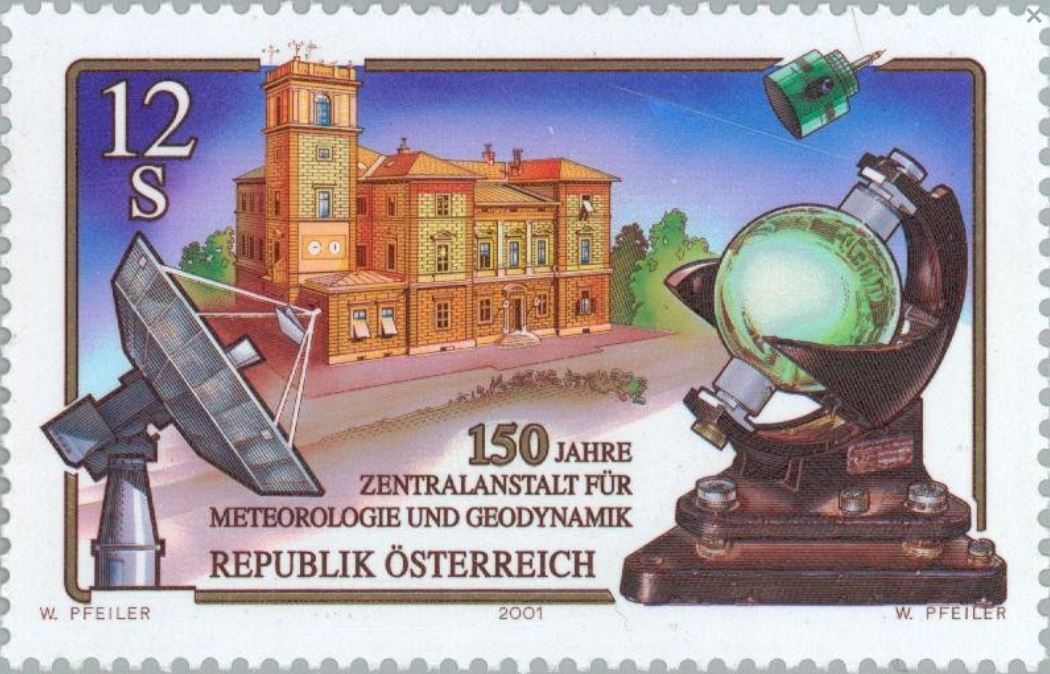
From the ZAMG comes the statistic about the cold days in May in Austria
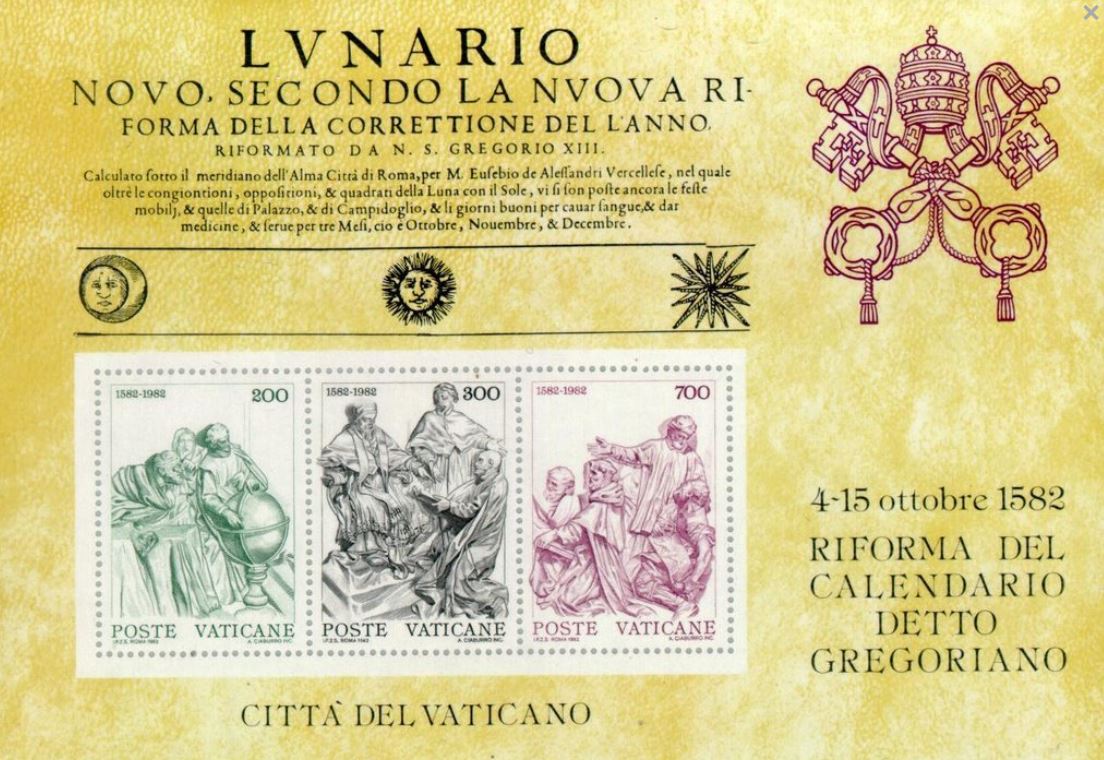
The introduction of the Gregorian calendar confused the arrival of the Ice Saints
But if you now look at the course of the mean daily temperature in May in Austria, for example, based on the data of the last 50 years, you can see a very striking drop in temperature between May 20 and 25, i.e. about ten days after the Ice Saints. So are the Ice Saints just “unpunctual”? Actually not, because their unpunctuality is, like so many things in this world, man-made. Because in 1582 the Julian calendar was replaced by the Gregorian calendar due to an instruction of Pope Gregory XIII (why this was necessary is another story). This had forced a one-time deletion without replacement of 10 days at that time: Thursday, October 4, was followed by Friday, October 15. However, since the name days remained set on their dates, “Cold Sophie” also remained with its May 15 in the Gregorian calendar. If one would count however the now missing 10 days again on top, it would be however on 25 May. On top of that, since the change the Julian and Gregorian calendars have already diverged by another 3 days, so that “Cold Sophie” would now be on May 28.

The Ice Saints have been unpunctual since the calendar change.
If I could still explain this to my grandma, she wouldn’t be surprised, and her world would be fine again, with “cold Sophie” still to come. I have also learned, before I dismiss “old” wisdom as void, I should always inquire and get smart beforehand. So I’m no longer disappointed, because I can still rely on the Ice Saints, even if they’re not on time. I may even be like them in that respect.
Sources: https://www.zamg.ac.at/cms/de/klima/news/die-eisheiligen-verlaesslich-aber-nicht-puenktlich; wikipedia, colnect.com
